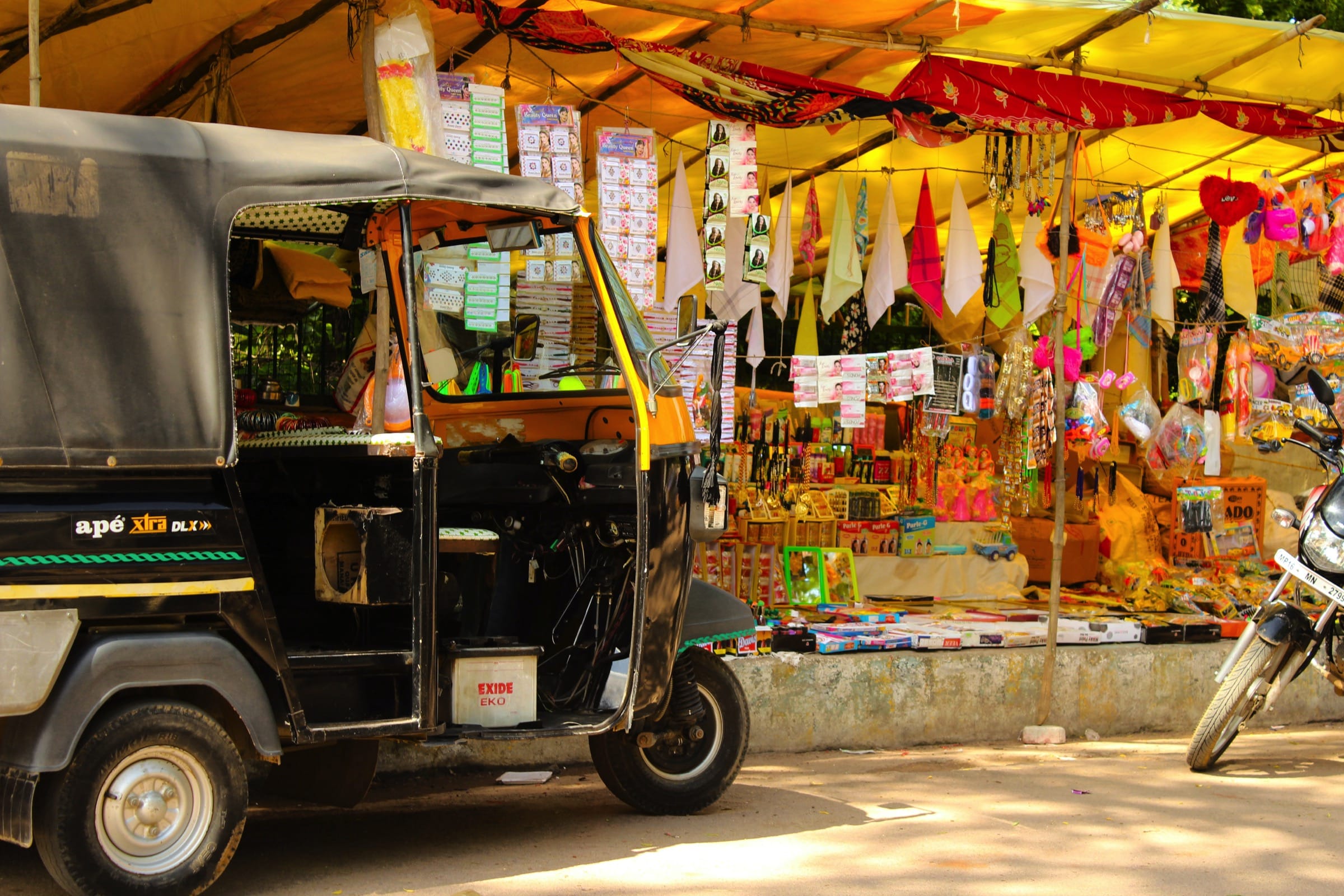The birthplace of fabric printing, India has a tradition dating back several millennia before our era. It was India, moreover, that would lead Europe to print on fabric and eventually to develop more and more sophisticated printing techniques, until then mechanizing the process with the aim of significantly increasing production capacity.
In a previous article, we wrote a lot about “Indian women”, these cotton fabrics stencilled by Indian artisans. Here is a brief overview for those who have not had the opportunity to read the article.
The origins of European textile printing
The history of textile printing begins in India. Since very remote times (perhaps 2000 years before our era), Indian craftsmen have passed down from generation to generation the secrets of the art of decorating cotton fabrics. Long, complex and empirical, the manufacturing process of these Indians is based on the use of mordants, metallic salts which, applied to the canvas, have the property of fixing the dyes. This mastery of chemical processes gives rise to a palette of rich and brilliant colors, dominated by madder reds and indigo blues. The Portuguese were the first to bring these cotton fabrics painted and printed in India back to Europe.



Indians are the first prints brought to Europe at the end of the 16th century. They quickly seduce an era accustomed to heavy silks, woollens and linen fabrics. The Indian dresses please with their freshness and the hangings illuminate the interiors. Here the visitor discovers the secret of these prints with rich patterns in brilliant colors which is based on the principle of mordant, metallic salt which fixes the dye on the fiber.
Source: https://www.musee-impression.com/les-indiennes/
The ancestral technique, but still used by some brands in India, is block printing. Wooden stamps are used to create the pattern. You have to dab thousands of times, the work is manual and not very precise. There are as many stamps as there are patterns and colors of course.
Source: https://www.tourdumonde5continents.com/techniques-dimpression-sur-tissus/
When it comes to fabric sublimation printing, India is a big player. According to Mordor Intelligence: “In addition, the region includes India, which has been a significant contributor to the market studied. According to IBEF, India’s textile sector is one of the oldest industries in the economy and is expected to reach USD 250 billion in 2019. Digital printing trend is catching up in India as customers seek prints shorter and faster turnaround times. According to HP India, increasing demand from various end-user customers, such as textiles, can further enhance digital printing’s ability to deliver innovative results.”
Source: https://www.mordorintelligence.com/en/industry-reports/dye-sublimation-printing-market
Mordor Intelligence is an agency specializing in the collection and analysis of data about the evolution of 20 different industries all over the world.